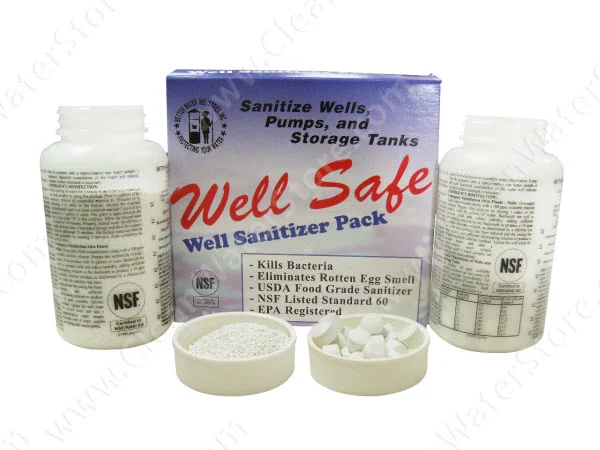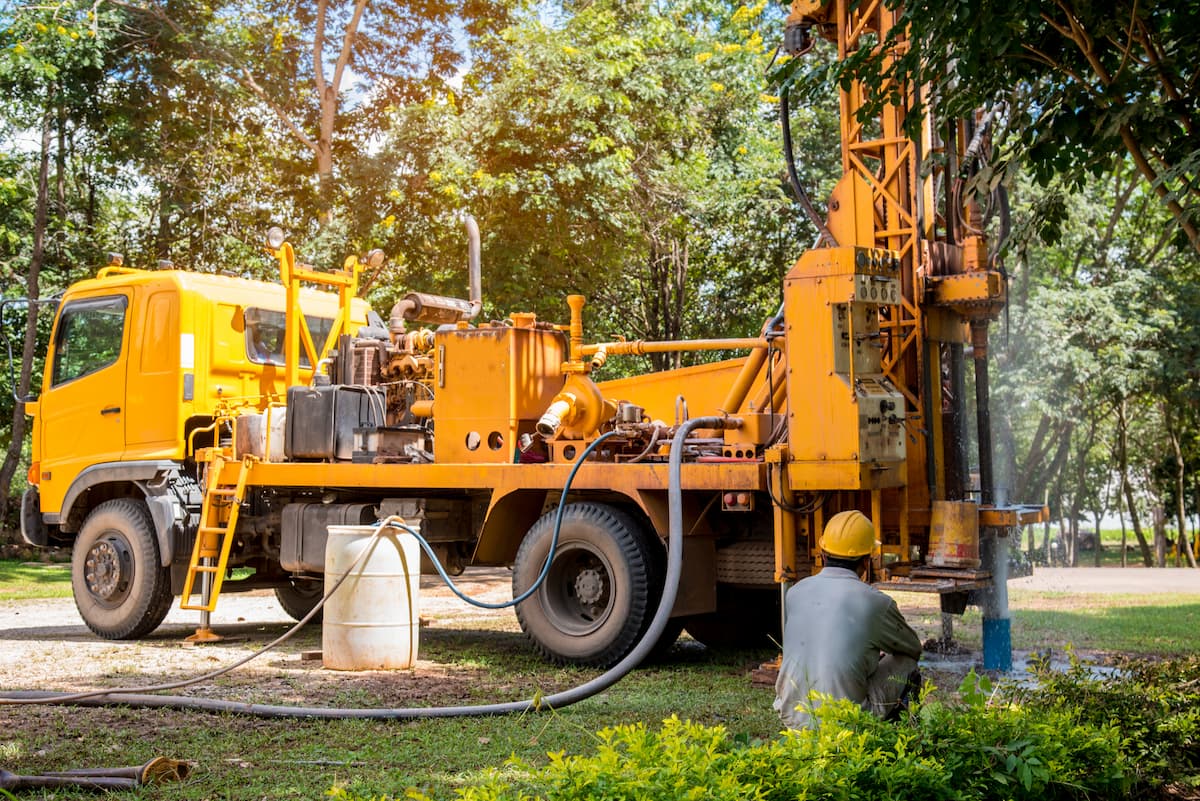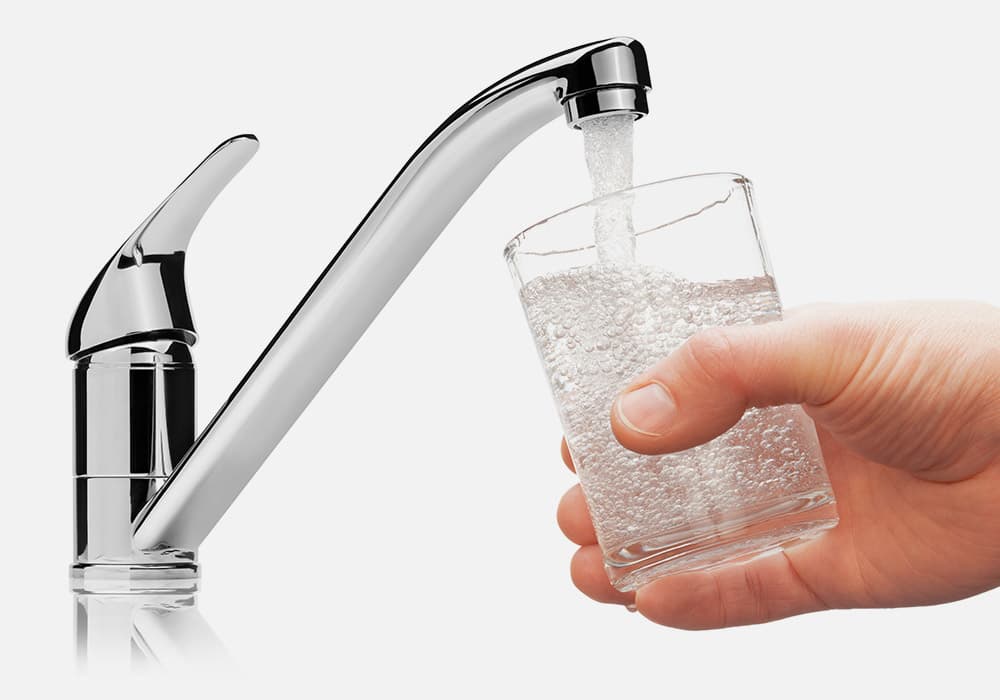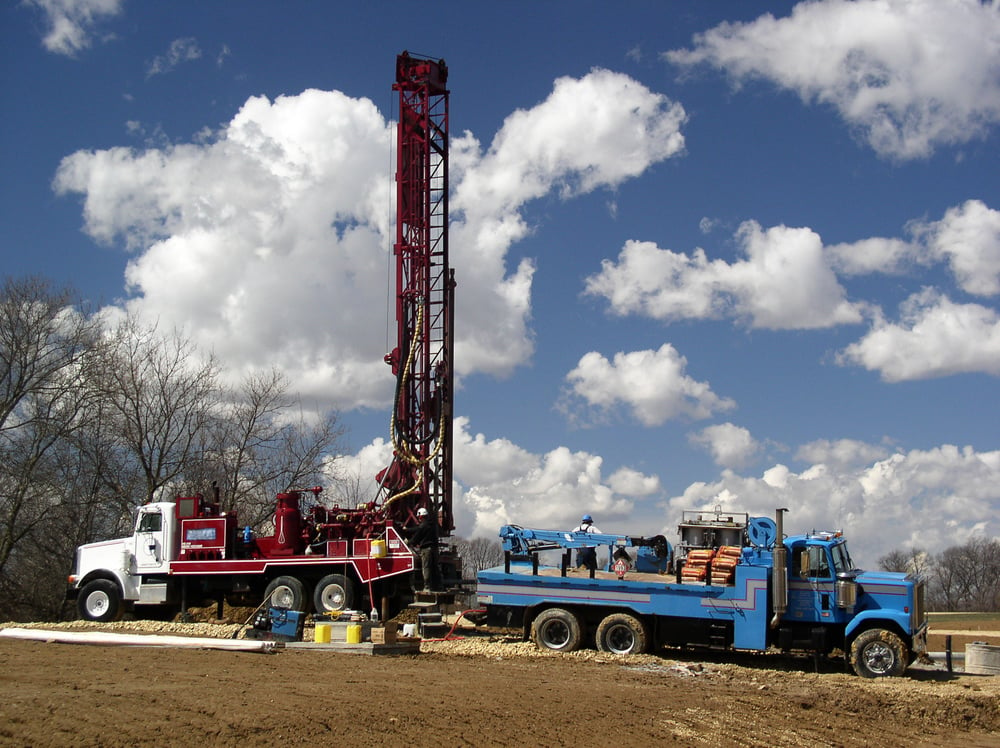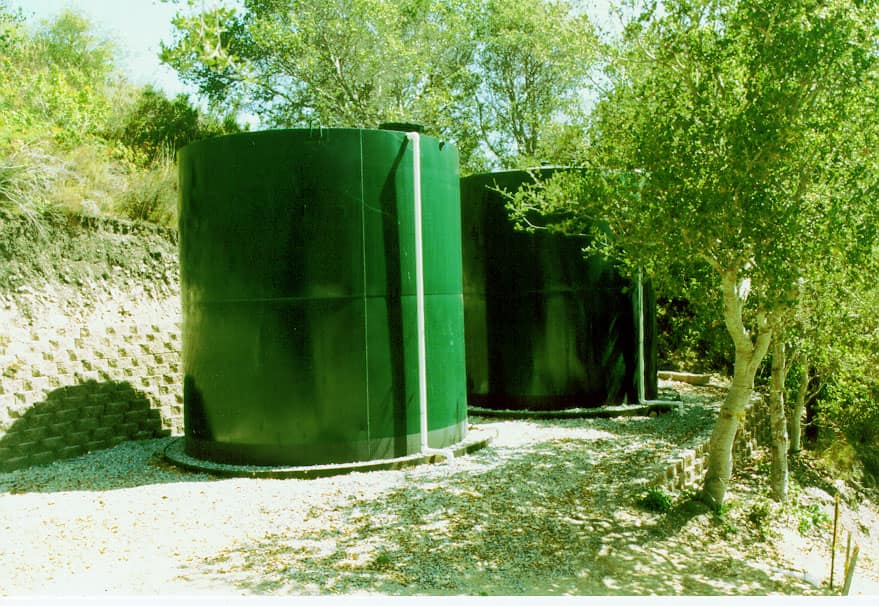Brackish Water Treatment

Saltwater infiltration of well water systems is not uncommon for well water users near the sea or near coastal rivers. While not the most harmful type of water contamination, brackish water can have a salty, disagreeable taste and cause scale buildup in fixtures and appliances due to high concentrations of sodium, metals, and other contaminants often referred to collectively as TDS, or total dissolved solids.
The term “brackish” refers to water with a salt concentration from around 1,000 – 10,000 PPM; seawater, by comparison, has a salt concentration of about 30,000 – 40,000 PPM.
Removing the salt from brackish water is a job best accomplished with a high-quality reverse osmosis system, which works by passing water through a semi-permeable membrane that separates pure water into one stream, and salt water into another.
In regular osmosis, water flows from a solution with lower salt concentration to a solution with higher salt concentration. In reverse osmosis, the application of pressure greater than the osmotic pressure reverses the water flow, causing it to move from a high concentration solution to a lower concentration solution, producing pure, salt-free water.
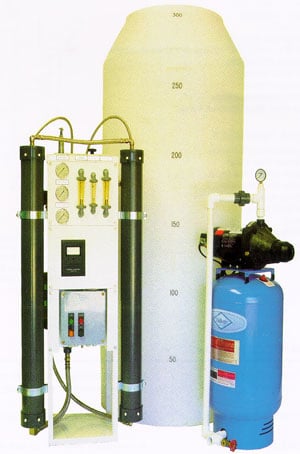
An RO system will remove sodium and TDS like arsenic, chloride, fluoride, and more. Your particular water chemistry and usage rates will determine the best RO system for you, though we recommend EPRO systems for their effectiveness and longevity (about 6-8 years when properly maintained).
When purifying with an RO system, it's also a good idea to install a metering pump for anti-scalant injection ahead of your RO system.
By injecting your water with a tiny amount of food-grade, NSF-certified “NSF PreTreat +” you can preserve your RO system and lengthen its lifespan by reducing the occurrence of scale build-up on the membrane.
This diagram illustrates a standard installation of the aforementioned systems:
Note that the above diagram also includes a calcite upflow neutralizer. This can be a worthwhile addition to your treatment system, as it will neutralize your water's pH level and add back some of the hardness (calcium) lost during RO filtration.
With the right pre-treatment and RO system you'll see your brackish water turn to tasty, salt-free water in no time, and stay that way for years to come.
For any further questions about saltwater or water treatment in general, e-mail us at [email protected], contact us on Facebook, or use our online contact form. Thanks for reading!




